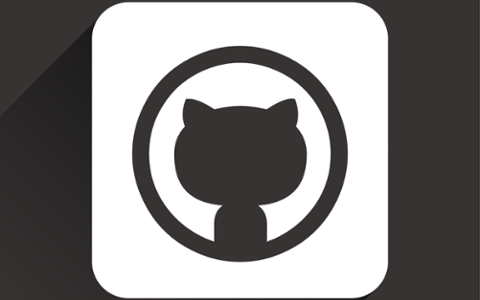Emailing, conferencing, chatting, managing: no matter the task, there’s a tool to make it easier.
Productivity tools, platforms and apps have already transformed our private lives: The touch of a button locks doors and smart assistants order our groceries. But recently, developers have recognized that our need for personalized and frictionless experiences extends into the workplace. As a result, a new wave of professional productivity apps has arrived, offering to speed up processes and streamline a wide range of tasks.
While an overwhelming number of productivity apps and platforms are hitting the market with features ready to transform every aspect of the workplace, that doesn’t make them necessities. These tools promise a new era of enterprise efficiency, but not every app and platform is a perfect fit for every enterprise. Productivity issues can arise when decision-makers struggle to determine which tools are right for their workplace.
First, Due Diligence
Due diligence is a prerequisite for any technology adoption. Before selecting a new productivity tool, stakeholders must step back and begin the due diligence process by evaluating what tools are already in place in the current workplace.
First steps include performing an audit of current tools, identifying existing skill-sets, and pinpointing weaknesses. In addition to avoiding the implementation of multiple tools to perform the same task, this process helps identify which productivity features are essential rather than just nice to have. It also ensures that tools are selected with purpose—to solve problems or fill productivity gaps—as opposed to simply being selected due to price or features.
Sign Up Today
Membership has its benefits. Sign up for a free Dice profile, add your resume, discover great career insights and set your tech career in motion. Register now
Productivity Tool Must-Haves
The identification of must-haves helps decision-makers understand the types of productivity tools they are in the market for, such as document creation, email management or video conferencing. To further narrow down the field and guarantee long-term success and integration, decision makers must consider the capabilities of smart technology, integration, and support infrastructure:
Smart Technology
Automation and artificial intelligence (A.I.) can power significant efficiencies in everyday processes. With A.I., productivity platforms can streamline and even automate bulk emailing, the scheduling and posting of social media, employee feedback and IT service management. Automation allows workers to do more work in less time, which can significantly reduce labor costs and elevate the quality of tasks that aren’t automated. For example, updated versions of both Office 365 and the G Suite now include AI-powered tools to help with document creation — and most innovative productivity software brands will soon follow suit.
Even high-priority or sensitive tasks and information benefit from smart technology, which can automate prioritization. Take an IT service management platform, for example. When certain keywords are recognized, or if the user is a C-level employee, that triggers an automation rule in the tool that will change the priority of the IT issue to critical. Organizations can also create customized roles and permissions so that when priority changes, so does access.
Integration
Ninety-one percent of business leaders say their employees work on projects outside their assigned areas, and 35 percent of them do it on a regular basis. In today’s cloud-based world, many applications are ‘best of breed’ and serve their own function as part of your entire digital infrastructure. Collaboration and communication must be seamless for employees, encouraged by productivity tools that connect and speak with each other. It’s important for decision-makers to determine if the tool integrates with current systems, and identify integrations with other apps and platforms. Even if the enterprise uses only a handful of productivity tools, productivity gains could evaporate when solutions lack the ability to connect and communicate.
IT Support Infrastructure
After installation and integration comes evaluation. Just because the tool works well now doesn’t mean it’s a great fit forever. That’s why enterprises should augment productivity tools with a strong infrastructure of IT support. A comprehensive IT service management strategy provides valuable insights about which new tools are making a positive impact… and which ones aren’t.
However, an ITSM solution itself can be a key productivity driver. An ITSM tool provides visibility into recurring incidents that employees are experiencing with tools already within the organization, informing leadership if they need to consider any changes in the first place.
A platform that integrates technologies and provides support to employees with the tools that they already use means technicians aren’t wasting time toggling between applications, tools and browsers, but are instead using their time to resolve issues and requests. With an automated system that offers fast solutions for requesters and tracking capabilities, stakeholders enjoy better visibility into the tools that are causing an uptick in service requests as well as those that deliver on their promises and drive actual productivity gains.
A New Age of Productivity
It’s easy to fall for the idea that more productivity tools equals more productivity, especially when the market is bursting with quality options. But rather than rush into the investment, decision makers should evaluate the landscape of their workplace and select tools that support an improved employee experience. Choosing the right tools takes time, but it ultimately pays off in both increased employee productivity and the value the technology provides the business.
Matt Cox is senior director of technical operations, ITSM at SolarWinds.



